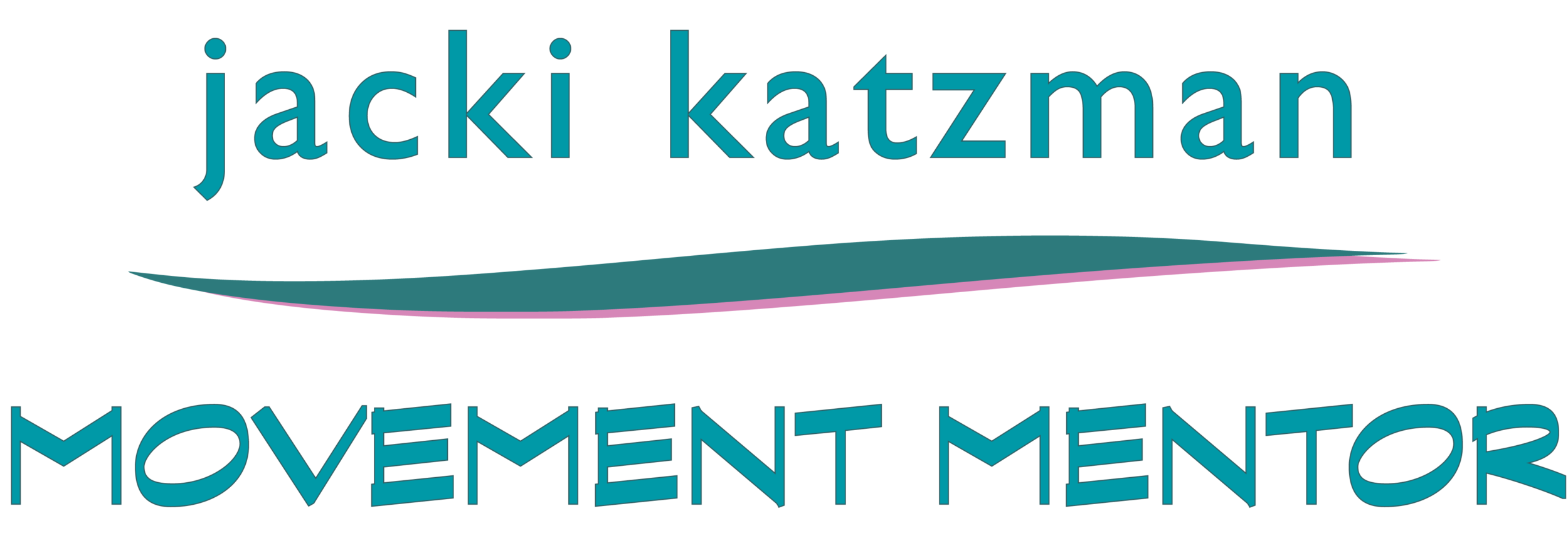Liberating Your Jaw with Your Voice - 3 - Using Your Voice-O-Meter To Release Your Neck (feat. Bueno Vista Social Club)
Buena Vista Social Club show how to keep it easy. source: https://www.buenavistasocialclub.com/gallery/
Liberating Your Jaw with Your Voice - 3 - Using Your Voice-O-Meter To Liberate Your Neck (Feat. Bueno Vista Social Club - El Cuarto De Tula)
Toning to Acture
“Acture: Moshe Feldenkrais coined this term, related to the idea of having a sense of neutral, of relaxed readiness for action. For Feldenkrais, ‘acture’ (as compared with the fixed idea of ‘posture’) is the ability to move in any direction from where we are without any additional preparation for action. In life in general, this would include the ability to respond appropriately to whatever challenges come into our lives without being moved completely out of balance.”
Many Awareness Through Movement lessons are about creating connections. Connections that provide support, connections for power, connections to unify action and intention.
This lesson is the opposite. Based on David Kaetz’s “Listening With Your Whole Body,” this lesson is about DISCONNECTING.
Disconnecting the eyes from the neck, the jaw from the neck muscles. Disassociating vocal pitch from any movement or constriction in eyes, neck and jaw. In short, to allow your head to bob as you vocalize freely and unconstricted. It offers a route to that ever-changing balance point where the head rests easily on the atlas in any position you like: acture.
This is a supine lesson; the floor is the primary mirror, feedback provider, and friend. But in this lesson, the “Voice-O-Meter” finds tension in the neck, chest, jaw, belly. Amazingly accurate, and fun to use.
We take inspiration from the master musicians of the Bueno Vista Social club. In “El Cuarto De Tula,” Tula left her candles burning overnight and now her apartment is on fire. Here comes the fire truck! And a perfect example of the glissando “Voice-O-Meter.”
Start out testing the “Voice-O-Meter” with high notes and low, then combined into the ‘fire engine” glissando. Layer on eye movements coordinated with - and then contrary to - pitches high and low. Going opposite - eye and pitches in contraposition - begins the dissociation of pitch and movement.
Fingertips soften and release the back of neck muscles that constrict the neck, jaw and voice
Moving on, all ten fingertips support the head and guide it in circles to uninstall back-of-neck tension. The “Voice-O-Meter” spotlights the knots in any of the neck muscles connecting to the occiput. Finally, reprising previous work releasing the jaw, the Voice-O-Meter helps break up jaw tension with jaw circles in three directions: horizontal, vertical, and perpendicular to the centerline.
The expected result: excellent acture* and a rich, full voice. Ola!
As we are getting back into the movement of the cranium on the atlas - the very top cervical vertebra - and relaxing the neck muscles, here is a little science nerd candy fix:
Rock Your Pelvis to Improve Your Tone - Day 61 of 100 Days of Practice Challenge - Hosted by Musicians International Group of Somatic Educators - (9:05) An excellent demonstration of how the weight of the head is supported by the spine and pelvis, developed for and by musicians Segment highly recommended for this lesson starts at 5:00.
Skull in Motion – Atlas and Occiput - (0:19) Short, useful animation of how the skull rocks on the atlas
Neck Stretches For Instant Pain Relief – (1:25) Repeat suggestion, helpful demonstration of neck muscle functions
Cervical Muscles Anatomy (Veritas Health) - (2:50) excellent cervical spine anatomy, including muscles, tendons and nerves. First 0:30 covers the basics
Cervical Spine Anatomy (Veritas Health) - (2:04) Another rerun. 0:30 shows atlas and cervical vertebrae in action
And having nothing to do with Cuba or “Voice-O-Meters” or bedrooms on fire, this little tutorial on the formal head and neck positions of Classical Indian Carnatic Dance show what is possible when the neck is free to move independently of the rest of the body:
Shiro Bheda - Head Movements in Bharathanatyam - Starts at 1:00 (for these gestures in situ, there is a near infinity of classical Indian dance video on YouTube - I couldn’t possibly choose for you. I wanted to go deeper with this, but have no clue where to begin)
How you might feel after this lesson: Neck, jaw, shoulders and face deeply relaxed; Breath full and easy; Eyes soft; Voice free and easy - expanded vocal range; Tall and elegant upon standing; Better conscious access to a balanced head and easy acture.
The masters demonstrate a perfect “glissando” at 0:32 and 1:20


